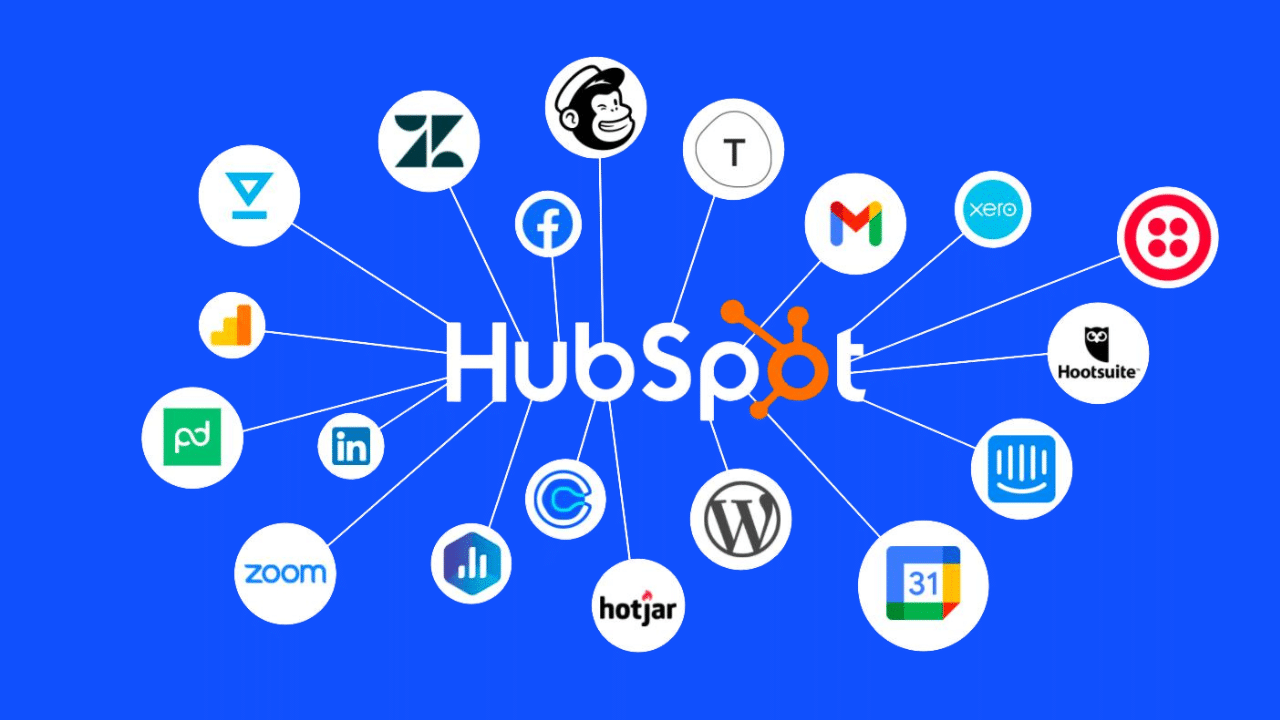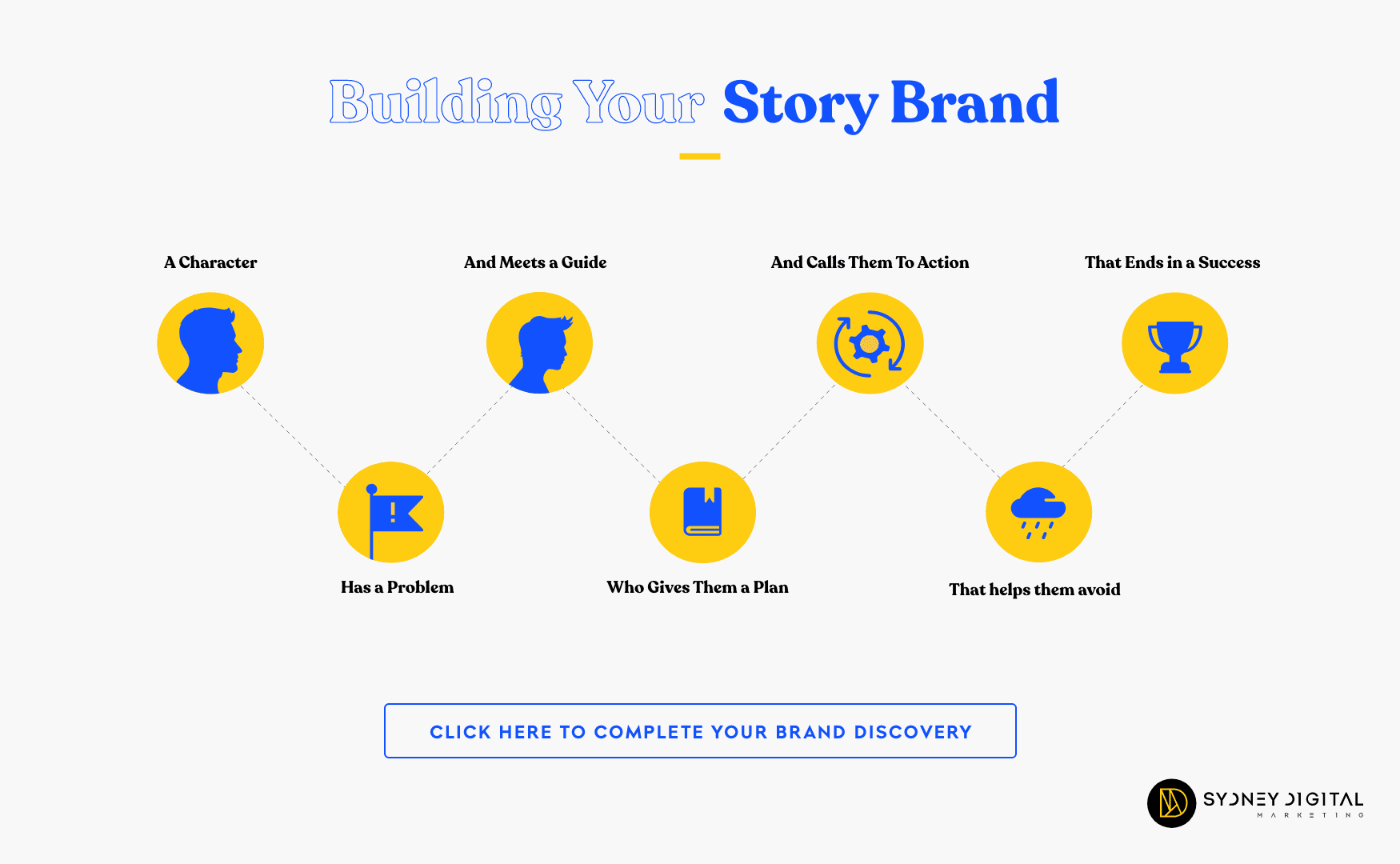
- Audience Targeting, Story Brand, Brand Story, Building a Story Brand, Brand Strategy
Recent articles
our mailing list
How to Build a Story Brand

Coined by New York Times Bestselling Author Donald Miller and now used by over 10,000 organisations; Building a Story Brand and its’ 7 Step Story Framework have taken the guesswork out of understanding your business and everything about it. Through the creation of websites, emails and all marketing materials, understanding your audience has never been more important (and so much easier).
What is Story Brand?
Well, Story Brand is a framework developed by Donald Miller to help companies understand their own brand story. Prior to this framework, majority of companies wrote up a relatively abstract or unique ‘story’ about their history and how they came to be. Miller aids businesses in clarifying their brand storytelling.
The theory of a story brand has changed a bit over the years, what is often thought of just as a story that is told and heard, a true brand story is something that is conveyed to another who can feel and experience it. A story is less about what you tell, and more about what they believe.
Every story – whether it be through movie, book, music or other – can be somewhat felt differently depending on the person watching it. That’s because everyone is so inherently different and will ultimately always feel your brands’ story differently.
The Story Brand (SB7) Framework
The 7 Step Story Brand Framework goes a little something like this:
1. A Character
Every story must start with a character, and in our case, your potential customer. This character will always want something. It’s written often into the first 6 minutes of any movie, you’ll meet the character and know what they want. When you define something your customer wants, you invite them into a very specific story.
2. Has a Problem
With every customers’ (or characters’) wants, there comes a need. They have a problem that needs fixing, this can be either an internal, external or psychological problem. Identifying what it is exactly they need from you will allow you to pinpoint the direction your story travels in.
If your message is clear and demonstrates how it can solve your customers’ problem, people are more likely to store this information in their brain. The only reason people are contacting any business is because they have a problem and a need to solve that problem.
3. And Meets a Guide
Now here is a big difference between current traditional marketing and the Story Brand Framework; your customers aren’t looking for a HERO, they are looking for a guide.
Miller describes how to do this with 3 very simple examples;
- You’re not Luke Skywalker. You’re Yoda.
- You’re not Katniss Everdeen. You’re Haymitch.
- You’re not James Bond. You’re Q
It’s simple really, it’s not about what your business is trying to do or achieve, it’s about positioning your product or service as ‘weapons’ that will help your customer solve their own problem and live ‘happily ever after’.
4. Who Gives Them a Plan
It’s still too soon to ask for the sale. If you ask for this now, there’s still a gap between where they currently are and where they need to go. Just 3 or 4 steps that explain how easy it is to work with you. When you give your customers a plan, you’re helping them overcome the barriers to their success.
5. And Calls Them to Action
6. That Helps Them Avoid Failure
What’s at stake? If nothing can be gained or lost, nobody cares. Likewise, if there’s nothing at stake in whether or not a customer buys your product, they’re not going to buy it. Almost every movie ever written will have example of this; a hero compelled into action because something is at stake.
- Katniss volunteers for the Hunger Games to save her sister Prim
- Michael is thrust into his father’s world of the mafia when his father is shot in The Godfather
None of these characters wanted to engage in the action of the story, unless they had to.
Communicate these negative consequences of what will happen if your customer does not buy your product or service.
7. And Ends in Success
Ah yes, the ‘happy ever after’! It’s never easy getting here, but the aim is that you communicate that this is the end result of your weapon, (your service or product). What is the happy ever after for your customers?
Show them what their life would look like without their frustrations, and with the things they truly care about. People naturally steer towards a happy ending if you show them one.
It’s said throughout, a clear message is the key to having an advantage over your competition. The SB7 Framework is all about how to tell a brand story that sells, and this clear and concise message should carry through into your website, sales and marketing copy.
3 Steps to Incorporating Story Brand into Your Business
1. Create a Story Brand Script
Put everything above into practice into your own brand story and formulate the best way to communicate to your audience. At Sydney Digital, we host our very own Brand Script workshop where we work to find out your audiences’ deepest internal, external and psychological problems. We then identify how we can transform their thinking and choose you.
2. Position your Character as the HERO in their own story.
Many businesses place themselves at the very centre of their own story, talking about their origin story, the year they were founded and the skills developed by the CEO over the years, cool but… who actually cares? Your customer is looking for you to invite them into your story.
3. Get your team’s aligned on who your customer really is.
It’s one thing for you to know who your customer is, as a marketing manager or a business owner, but how do you communicate this through every touch point of your business? From your website, to sales, to customer service and marketing, to create a cohesive message, everyone needs to know who it is they are focusing on.
Bring your team in on your Brand Story and storytelling ideas and hear from your day-to-dayers and see how your business as a whole can tell a clearer brand message and brand story.
And that’s all (for now that is!). Looking to understand your customers more in 2022? Reach out to the team at Sydney Digital Marketing and book yourself in for one of our 2022 StoryBrand client workshops.
Understand your marketing voice, marketing efforts, and increase leads and sales.









